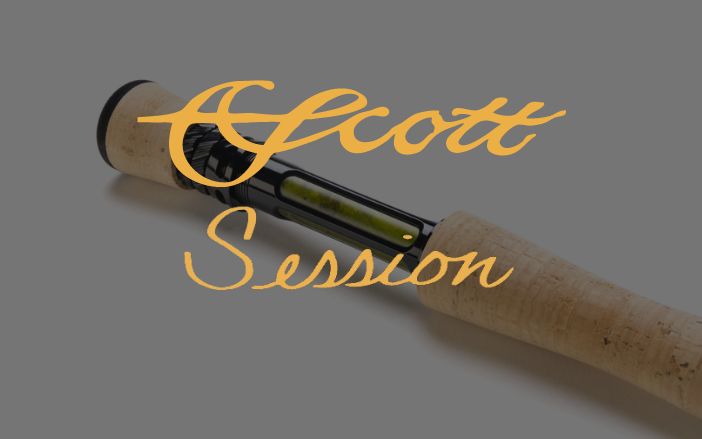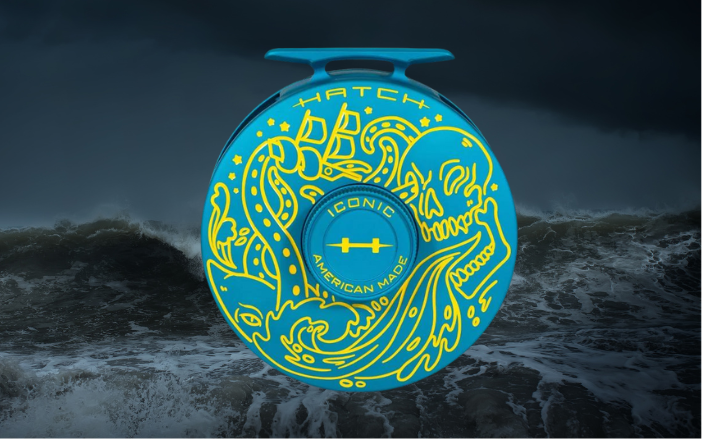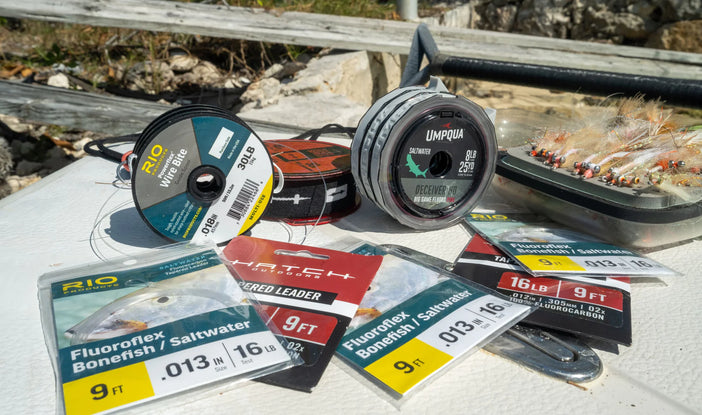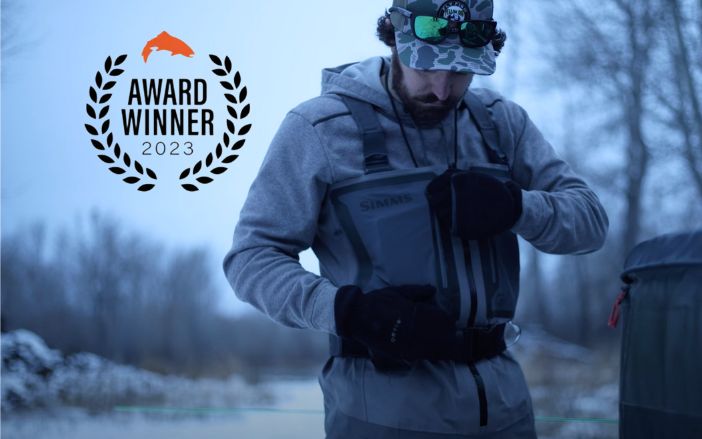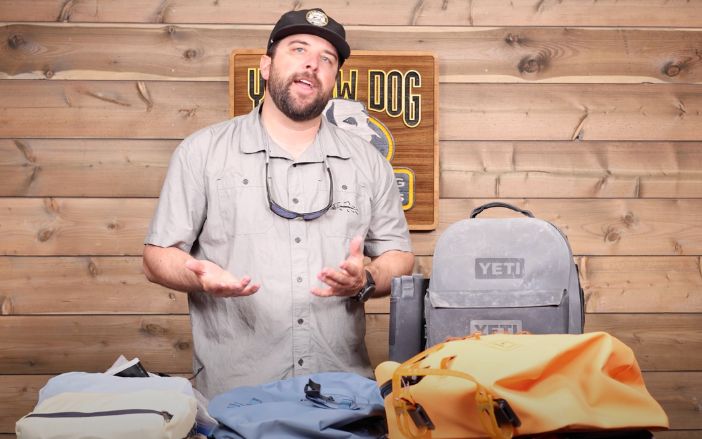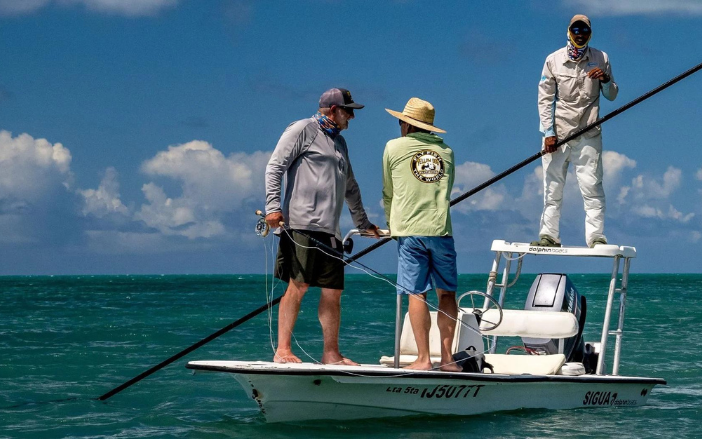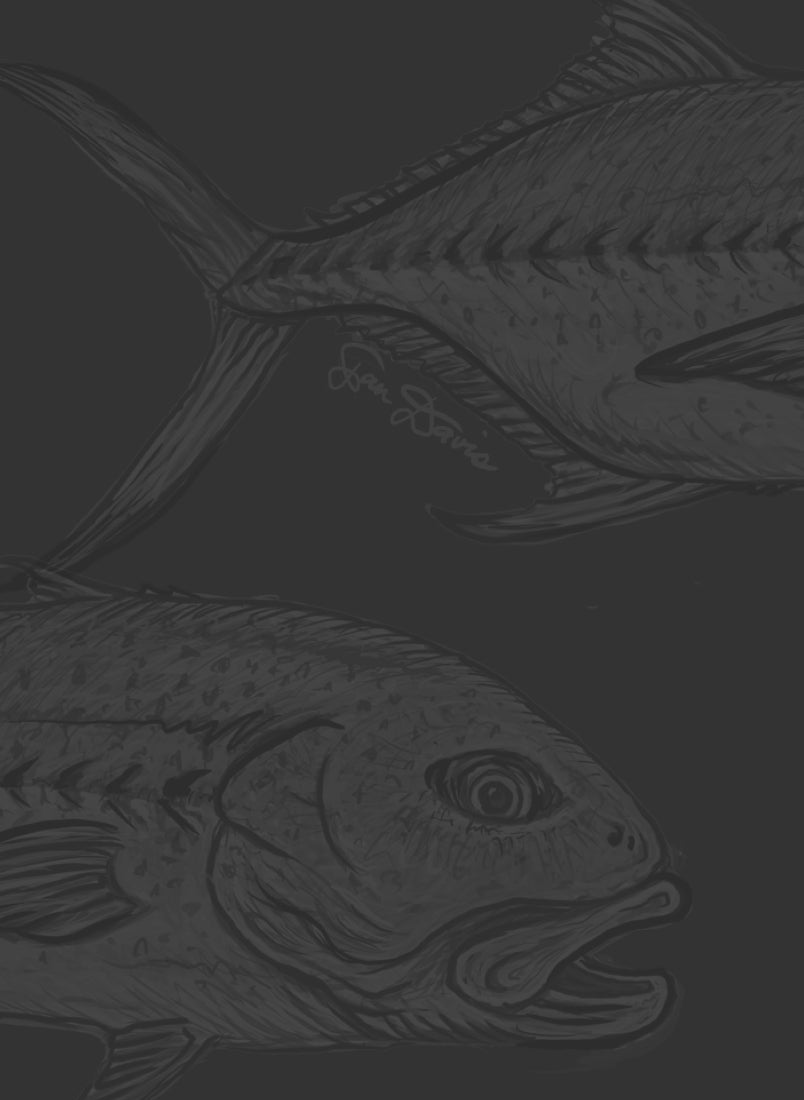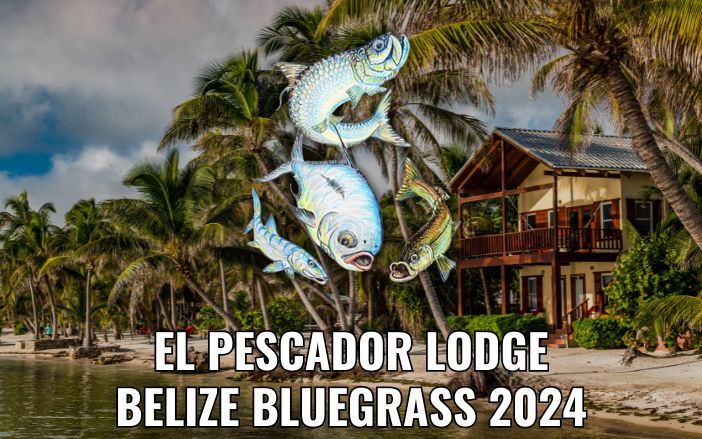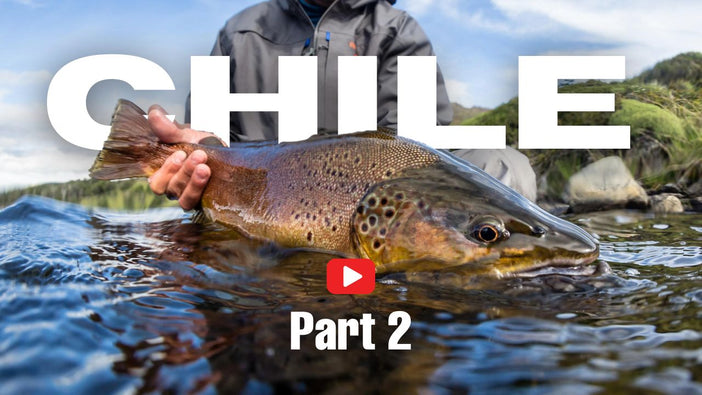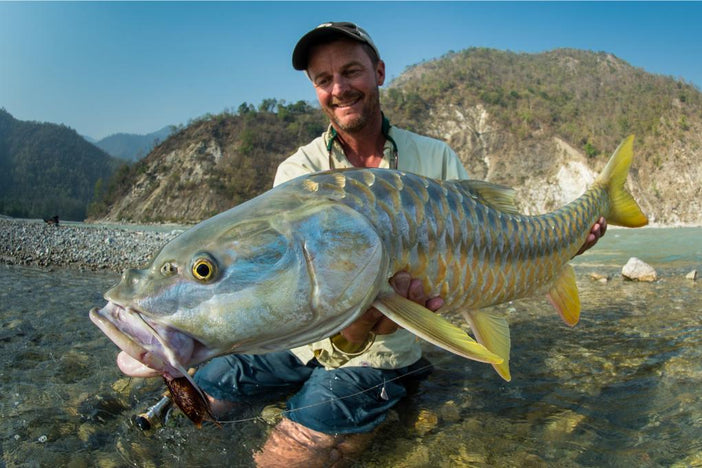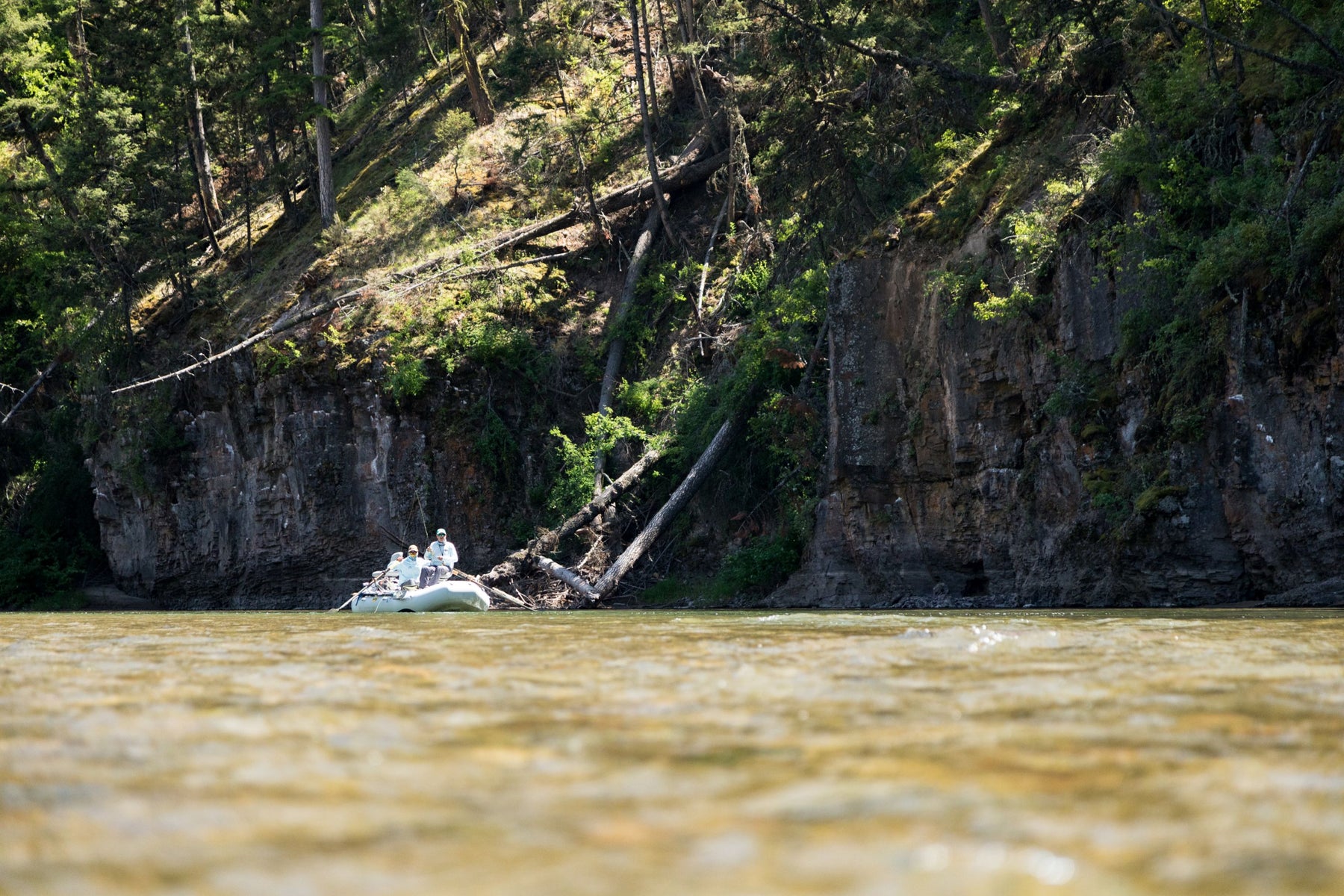When planning a fly-fishing trip to Montana, choosing the right destination can seem daunting. We’ve got the Bighorn River, Big Hole River, Smith River, spring creeks, backcountry waters, and more. Fortunately, these waters will always be here in Montana and in your lifetime you can strive to fish them all.
Montana is our home and we take pride in its diversity of fishing. We have the luxury of being able to fish whenever, and usually, wherever, we want. Here’s some help and knowledge on our two main types of rivers—freestones and tailwaters.
Freestone vs. Tailwater River
A freestone river has not been impeded by the construction of a dam across its width and therefore has a period of snowmelt runoff with high flows and muddy water and lower flows throughout the rest of the year. In a freestone river, trout are products of their natural, unaltered river environment. Like the seasons, a freestone river has periods of prolific insect life and periods of less available food; often directly correlated to the available snowpack and water in a given river’s drainage area. Because of this, freestone trout have a much greater variety in the number of fish and the average size of fish from year to year and river to river than tailwater fish.
Our favorite freestone rivers: Smith, Big Hole, Yellowstone, South Fork of the Flathead, Madison, Jefferson
A tailwater river has a dam, or a series of dams, that have been constructed and the fishing occurs on the river section (s) downstream of such dams. Flows can be higher and lower, but, unlike a freestone, tailwater rivers rarely have a period of muddy water. Because of their relatively consistent flows throughout the course of the year, tailwater rivers have high numbers of fish per mile and an overall larger average fish size than most freestones. Because of the consistent level of flow, the insect life trout rely upon for food is plentiful and diverse.
Our favorite tailwater rivers: Missouri, Bighorn, Beaverhead, Kootenai, Madison, Ruby

Which type of river should you fish?
That is the million-dollar question and one that we seem to ask ourselves every Friday during the summertime! When you make plans for a Montana fly fishing trip, why not try both? If you are time-constrained or you want to focus on learning and exploring one river, then here are a few things to help you:
Pick a Freestone River:
- You want to fish in a completely unaltered river. The only major thing that impacts how the river changes from year to year is the natural snowpack during the previous winter and the following runoff when the snow melts. Besides a bugling elk or the local rodeo, there's probably not much else as Montanan as our freestone rivers! Wild and free.
- On freestone rivers, the fish tend to show a little more aggressive behavior in their eats. This may be due to the fact that there isn't a plethora of bug activity like a tailwater. For the most part, depending on the day, fish will slam flies whereas tailwater fish will most likely "sip" a dry or "swipe" at a streamer.
- If you can time your trip to where you arrive just after runoff and the muddy water begins to clear, the fishing can be on fire. This is one of the best times to catch a trophy-sized fish on a streamer anywhere in the state.
- There are true giants in freestone rivers. Your average catch in tailwaters may be larger overall, but you have the possibility of catching a very impressive trout in a freestone.
- The freestone rivers mentioned above are all fantastic big bug dry fly water. We're talking about large stonefly and hopper patterns.
Pick a Tailwater River:
- Tailwaters, as stated above, provide an abundance of insect activity and additional food sources for trout. On average, the trout tend to be a bit larger in size due to the fact that they just have more food.
- If you appreciate sight fishing for trout using small dry flies (caddis/mayflies/midges), then go to a tailwater. Hatches on tailwater trout fisheries in Montana can be excellent.
- Tailwater fisheries may be a bit more challenging, as there is an added level of "finesse" involved. A fish may be keyed into a particular stage of one hatch while several hatches are happening at once. The drag-free drifts and line mends are very necessary here!
- Tailwater fisheries, as stated above, have a higher fish concentration per mile
Still undecided? Listen to this WAYPOINTS Podcast: JAKE WELLS - Planning the Perfect Trip to Montana
Related Articles:






